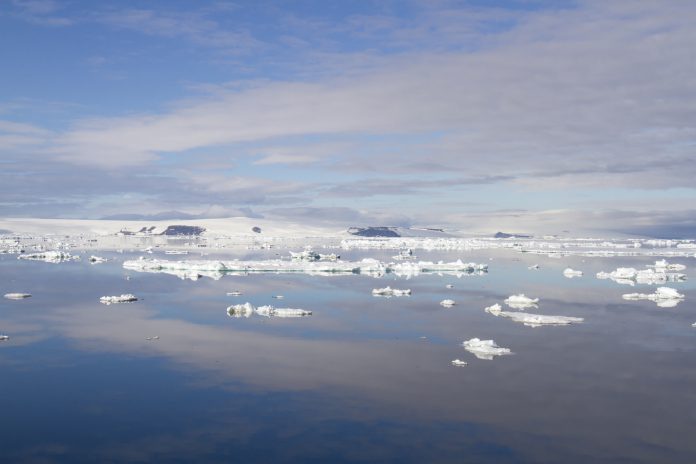The need to tackle glacial retreat: The Thwaites Glacier, known as the world’s widest glacier, is experiencing significant melt at an alarming rate
A recent study led by researchers at the University of Houston looks into the historical context of this glacier retreat, suggesting that the process began as early as the 1940s.
Glacial retreat: Thwaites Glacier and Pine Island Glacier
The study focuses on the dynamics of Thwaites Glacier, which spans approximately 80 miles on the western edge of Antarctica. The research team was led by Rachel Clark, a geology doctorate graduate from UH, who utilised various methodologies to reveal the glacier’s past. Their findings indicate that the retreat of Thwaites Glacier and Pine Island Glacier started in the mid-20th century and was driven by external climate factors.
The study is significant because it acknowledges that the glacial retreat is not an isolated occurrence but part of a larger climate change narrative.
Clark emphasises the connection between these events, emphasising that the implications extend beyond individual glaciers. Fuelled by extreme El Niño patterns, this glacial retreat has persisted over decades, contributing substantially to global sea-level rise.
Analysing sediment cores
Techniques like marine sediment core collection are key to the study’s findings. By analysing sediment cores from the seabed near Thwaites Glacier, the researchers reconstructed its history, which dates back to the early Holocene epoch.
CT scans and geochronology pinpointed the start of significant ice melt in the 1940s, providing crucial insights into the glacier’s long-term response to environmental changes.
As one of the largest contributors to the rise in global sea level, its stability is crucial in regulating the West Antarctic ice sheet. Julia Wellner, associate professor of geology at UH, highlights the glacier’s significance as a “cork in the bottle,” holding back a vast expanse of ice. The potential destabilisation of Thwaites is a great threat, with projections suggesting a rise in global sea levels by up to 65 cm if the glacier were to collapse entirely.
Informing future modelling efforts
The study’s findings will help inform future modelling efforts to reduce uncertainty surrounding sea-level rise projections. Claus-Dieter Hillenbrand, a lead investigator of the Thwaites Offshore Research project, highlights the importance of improving numerical models to predict better the magnitude and rate of melting Antarctic ice sheets.
This research is part of a broader international collaboration, the International Thwaites Glacier Collaboration, which aims to enhance understanding of Thwaites Glacier and the implications of its glacial retreat on global sea levels. With scientists from the United States and the United Kingdom working together, efforts are underway to address the urgent challenges posed by Antarctic ice melt.














